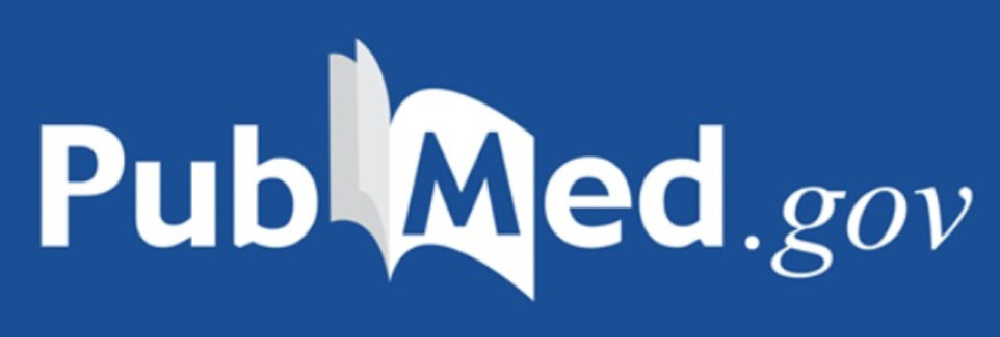Abstract
Anxiety is one of the most common mental disorders worldwide. Currently, the main anti-anxiety drugs, selective serotonin/noradrenalin reuptake inhibitors (SSRIs/SNRIs), are always associated with delayed onset of action and low therapeutic response rate. Benzodiazepines can produce rapid effects, but their long-term use may result in severe adverse reaction and drug dependence. Transcranial direct current stimulation (tDCS) is one of the noteworthy noninvasive brain stimulation techniques and is expected to be a new choice of anti-anxiety therapy. However, the underlying mechanism remains unclear. In our recent published study, we have observed the important role of endogenous cannabinoid in the pathophysiology and treatment of anxiety. Here we verified the anti-anxiety effects of tDCS in the acute stress exposure rats, and investigated the possible role of amygdala cannabinoid receptor 1 (CB1R) activation in the anti-anxiety response of tDCS. Forced swimming exposure produced anxiety-like behaviors, which can be reversed by tDCS treatment. tDCS increased the time spent in the center without affection of locomotor activity in open field test (OFT) and elevated the number of entries into open arm and time spent in open arm in elevated plus maze test (EPMT). However, Inhibition of CB1R function by AM251 intraperitoneal injection or CB1R knockdown in amygdala produced the negative effects on the anti-anxiety action of tDCS. In conclusion, tDCS may play an anti-anxiety role at least partly via activation of amygdala CB1R, which provides a theoretical basis for the clinical application of tDCS in the treatment of anxiety disorder.
Keywords: AM251, Amygdala, Anxiety, CBIR, Stress, tDCS
Copyright © 2020. Published by Elsevier B.V.
Conflict of interest statement
Declaration of Competing Interest The authors report no declarations of interest.


